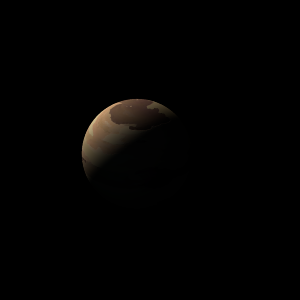|
|
Space Astro
|
Info for exoplanet "Pwug"
| Scientific (actual) data |
|---|
| Name | Kepler-828 b |
| Planet status | Confirmed |
| Radius | 0.135 |
| Orbital period | 0.567857 |
| Discovered | 2016 |
| Updated | 2021-02-05 |
| Tconj | 2454970 |
| Publication | Announced on a website |
| Detection type | Primary Transit |
| Alternate names | 2MASS J19073294+4228165 b, K01367.01, KIC 6934291 b, KOI-1367 b, KOI-1367.01, WISE J190732.94+422816.4 b |
| Star name | Kepler-828 |
| Right ascension | 286.89° |
| Declination | 42.47° |
| Mag j | 13.586 |
| Mag h | 13.146 |
| Mag k | 12.992 |
| Star distance | 625 |
| Star metallicity | -0.02 |
| Star mass | 0.81 |
| Star radius | 0.77 |
| Star age | 4.57 |
| Star temperature | 5039 |
| Star alternate names | 2MASS J19073294+4228165, KIC 6934291, KOI-1367, WISE J190732.94+422816.4 |
| Wikipedia article | Kepler-828 b |
Back
| |
| Fictional info (?) |
|---|
| Suggested name | Pwug |
| Planet type | Cold planet |
| The polar regions are constantly below 252°K (-21°C).
It has the densest atmosphere of the two cold planets, consisting primarily of 2H2O. |
| Atmosphere | 2H2O | 45% |
| Ozone | 36% |
| Ammonia | 18% |
| Atmospheric pressure | 8 bar |
 |
| No known satellites |
| Google search for Pwug |
|
Website by Joachim Michaelis
|
|
|
|